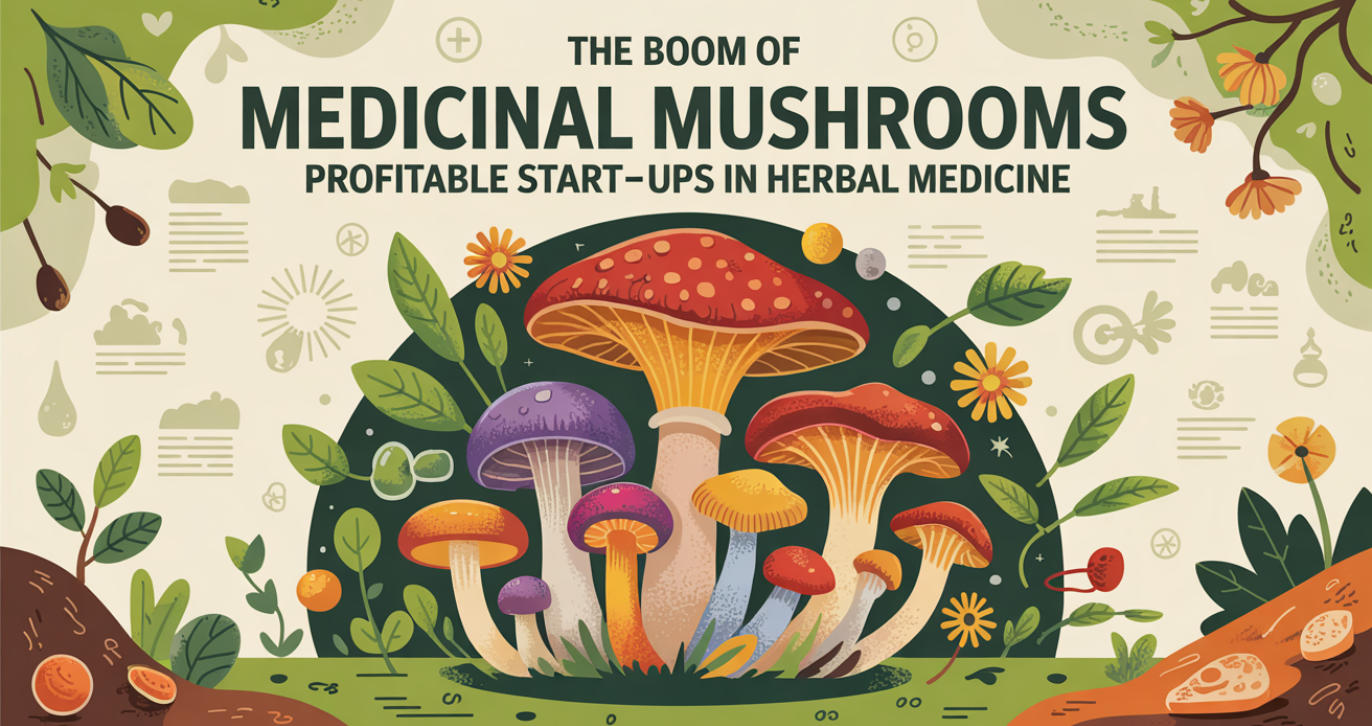Atmospheric Water Generation (AWG) is an innovative solution of a different kind entirely. It does not care about geography. Technological advancement promises that AWG devices will only continue to become more efficient and affordable. It will offer hope for future water security even in very urban or very rural situations. The science of AWG, its advantages, applications, challenges, and future potential will be discussed here.
How Atmospheric Water Generators Work?
Atmospheric Water Generators extract moisture from the air and condition it. This normally involves
- The fan propels air from the surrounding environment into the unit.
- The coil makes this moisture condense.
- The resultant water is filtered and treated through the ultraviolet process.
- Stored in a tank, it becomes available for drinking.
Read our Blogs : Developing a Competitive Edge in the Water Purification Sector
Benefits of Atmospheric Water Generators
- Atmospheric water generators exploit a huge potential storage of moisture from the atmosphere
- It brings it up as an alternative to traditional surface water and groundwater sources.
- These systems do not require pipelines or reservoirs to be set up, unlike traditional water supply systems. This fact makes them particularly suitable for remote areas.
- They meet direct potable water needs, lowering reliance on bottled water and reducing plastic pollution.
- New-age AWGs have been innovatively designed to save energy rather than use green energy.
Also Read: Profitable Business: Corrugated Cartons from Waste Paper
Applications of Atmospheric Water Generators
1. Domestic and Commercial Sector
AWGs have gained popularity as an ecological water source for household buildings, offices, and hotels.
It reduces dependency on municipal and bottled water for ecological good. Some high-end AWG models are integrated into home automation systems for real-time monitoring.
2. Military and Defence
Military forces in the field are using AWGs to provide fresh water to soldiers without any dependency on an external supply chain. Operations in deserts will particularly benefit from AWGs where natural water sources become less available.
3. Relief Operations and Humanitarian Assistance
AWGs present an immediate solution to relieve the supply of clean drinking water during natural disasters such as hurricanes, earthquakes, and floods.
4. Agriculture and Irrigation
Farmers are now using AWGs in arid regions to irrigate their crops, helping reduce dependence on undependable rainfall and aquifer sources. This can considerably stand in a better position to provide food security in drought-hit areas.
5. Industrial Applications
Extensive adoption of this technology by industries requiring high-purity water
It will relieve some pressure on municipal water systems and promote sustainable industrialism.
Challenges and Limitations
Though the AWG has some benefits, challenges remain:
- AWG machines are cumbersome for installation.
- While most new designs are indeed energy efficient, some models require power, which is in shortage in many locations.
- Some manufacturers have included solar panels to alleviate this problem.
- The throughputs of AWGs are proportional to that of air moisture and so would be low for very dry regions.
- Currently, advanced models with hybrid concepts are available to capitalize on low-humidity areas.
Also Read: Applications and Function of Potassium Permanganate in Water Treatment and Disinfection
The Future of Atmospheric Water Generation
There are great prospects ahead for AWG technology, with active improvements being made to circumvent its drawbacks:
- Low-energy AWGs and solar-powered AWGs, which reduce running costs and carbon footprint, are being designed by researchers.
- A larger AWG system is being designed to serve an entire community, providing a solution for water-scarce areas sustainably.
- Real-time monitoring and optimization of the water production process of AWGs shall be achieved using IoT and AI technologies.
- Cost-cutting innovations in materials and designs are making AWGs better positioned for usage in the various economic sectors.
- AWG research is being supported in various countries by governments and environmental organizations, thereby stimulating the potential for widespread acceptance.
Closing Thoughts
Atmospheric Water Generators are revolutionizing the way we access clean water and are providing a sustainable and reliable alternative to the conventional means of supply. As investment in and research into these devices continue, they may become a critical component to securing water for future generations. AWGs present a scalable solution for pressing global challenge: providing clean drinking water to households, industries, and entire communities. As they continue to gain acceptance and become widely adopted, the reduction in the crises related to clean drinking water will be appreciable and will create a pathway toward a sustainable world with water security.









